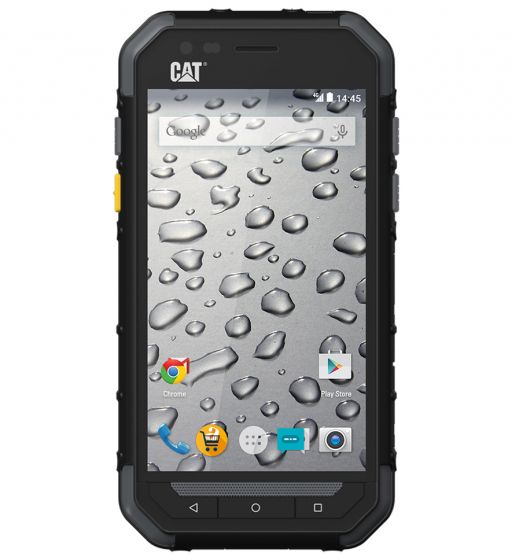Rugged smartphone boasts high-tech features

Brief:
- Bullitt Group and Cat have introduced the Cat S61 smartphone, which includes a FLIR thermal camera, laser-assisted distance meter and air quality analyzer, reported AnandTech.
- The rugged phone, which has a 5.2-inch, 1080 pixel display, runs on Android Oreo, and can withstand drops on concrete up to 1.8 meters and drops in water of up to 3 meters, according to Engadget.
- The FLIR camera can read temperatures up to 400 C, the laser can measure up to 10 meters, and the VOC sensor will take a reading every 30 seconds and issue an alert if conditions become unhealthy, according to the companies.
Insight:
Smartphones are becoming increasingly important tools for jobsites. Whether it be the apps on the phone or the device itself, such as the new Cat S61, few seem to be without them.
This is only one arm of the construction industry’s digital transformation, though. A McKinsey study last year indicated that new technology and management techniques could add up to $1.6 trillion in value to the construction industry, as well as improve its notorious productivity lag. Silicon Valley companies capitalizing on construction tech was so ubiquitous last year, it won the title of Trend of the Year in Construction Dive’s 2017 Dive Awards. That trend likely to continue this year and beyond, as evidenced by Katerra’s rapid expansion.
BIM is one of the giants in the construction tech space and is helping to improve the industry. Sarah Hodges, director of Autodesk’s construction business line, told Construction Dive last year that “BIM is facilitating this collaborative environment where architects, contractors and engineers can work together and model a project before it is even bid and won.”
Despite BIM’s growth — it’s expected to achieve a compound annual growth rate of 21.6% from 2016 to 2022 and earn $11.7 billion by the end of that period — there still is no U.S. standard, although certain localities, including New York City, have BIM mandates in place. The United Kingdom, Russia and other European countries, meanwhile, are implementing BIM standards and mandates for contractors who want to do business with their governments.
Continued tech adoption doesn’t mean less customization and craftsmanship, though. New England-based Consigli Construction has successfully merged art with up-and-coming technology. Steven Gentilucci, general superintendent and head of the self-perform division, provided an example about how for restoring centuries-old millwork, the team will use a 3-D orbital camera to tag parts and pieces, which enables craft workers to be more precise in the restoration process.
“By using technology, we better connect teams and find ways to help the owners, subcontractors and design teams visualize the project, anticipate issues and make better-informed decisions,” he said.
This article was originally written by Laurie Cowin and appeared here.



Comment (0)